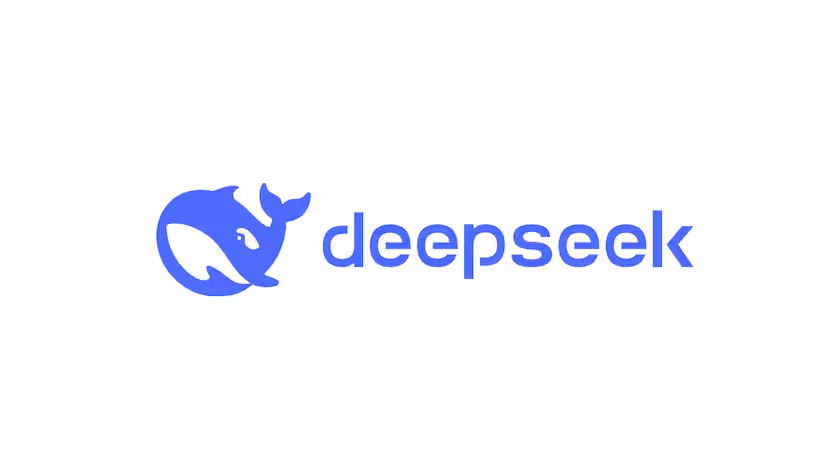A New AI Giant Emerges
A Chinese artificial intelligence (AI) company, DeepSeek, has stunned the tech world with its latest AI models. These models rival top-tier AI systems developed by U.S. giants like OpenAI and Anthropic. What makes this even more remarkable is that it has achieved this with significantly fewer resources.
Founded in 2023, DeepSeek has rapidly gained attention by developing AI at a fraction of the usual cost and computing power. Its latest releases, including a powerful language model and an advanced reasoning AI, have sparked excitement and concern across the industry. Investors, researchers, and competitors are now closely watching how DeepSeek’s breakthroughs will reshape the AI landscape.
DeepSeek’s Groundbreaking AI Models
DeepSeek recently launched its V3 model, a language AI that competes with OpenAI’s GPT-4o and Anthropic’s Claude 3.5. These AI systems can write essays, answer complex questions, and even generate computer code. However, what truly sets V3 apart is its efficiency.
While other companies have spent over $100 million training similar AI, it developed V3 for just $5.58 million. It also used around 2,000 NVIDIA H800 GPUs, while its competitors reportedly required up to 16,000 of the more powerful H100 chips. This drastic cost reduction has raised questions about whether other AI firms have been spending money inefficiently.
But it didn’t stop there. On January 20, it introduced the R1 model, a specialized AI designed for complex reasoning tasks. Unlike standard AI models, which sometimes produce misleading or incomplete answers, R1 approaches problems step by step. This feature improves its ability to process strategic decisions, comprehension tasks, and multi-step problem-solving.
What’s more impressive is that DeepSeek has released its technology for free under an open-source license. This means that anyone—researchers, students, or businesses—can download, modify, and experiment with these AI models.
How Did DeepSeek Achieve This?
DeepSeek’s success comes from making AI more efficient. It has pioneered two key techniques:
1. Smarter Training with “Sparsity”
AI models have billions of parameters, but not all of them are used at the same time. DeepSeek developed a new way to predict which parameters are necessary for a given task. By training only those specific parameters, it significantly reduced the computing power required.
2. Better Memory Compression
AI needs to store and retrieve vast amounts of information quickly. DeepSeek found a way to compress this data more efficiently. This allows its models to run faster while using less hardware.
These breakthroughs mean that AI can now be trained with fewer resources, making development more accessible to smaller companies and research institutions.
Impact on the Tech Industry
DeepSeek’s innovations are already having a huge impact on the global AI industry.
– Tech Stocks in Chaos: Investors reacted sharply to DeepSeek’s success, leading to a significant drop in the stock value of major tech companies. NVIDIA, a leading AI chip manufacturer, lost approximately $600 billion in value as the market reassessed the future of AI development.
– Lower AI Costs for Consumers: Since DeepSeek’s AI models require fewer resources, AI services may become more affordable. Future AI applications could run directly on personal devices like smartphones and laptops instead of relying on expensive cloud services.
– Changing the AI Research Landscape: Until now, only tech giants with massive budgets could train cutting-edge AI models. But with DeepSeek’s open-source approach, smaller AI research labs and universities can experiment with state-of-the-art AI without needing supercomputers.
Challenges and Unanswered Questions
Despite its success, DeepSeek’s approach raises some questions.
– Can These Models Compete Long-Term? While DeepSeek has created more efficient AI, it’s unclear if this method will lead to better AI in the future. Efficiency does not always mean improved performance.
– Impact on AI Industry Jobs: If AI models can be developed with fewer resources, will this lead to job losses in the AI sector? Large AI companies may need to rethink their spending and workforce strategies.
– China’s Growing AI Influence: Its rapid rise highlights China’s growing role in AI development. With the U.S. and China already in competition over AI technology, this development could spark further geopolitical tensions.
What’s Next?
DeepSeek has changed the rules of the game. By proving that high-quality AI can be developed efficiently, it is challenging the dominance of companies like OpenAI and Google DeepMind. If other AI firms adopt this methods, the future of AI could shift dramatically. For now, AI researchers, tech investors, and world governments will be closely watching what DeepSeek does next. The AI race just became a lot more interesting.

